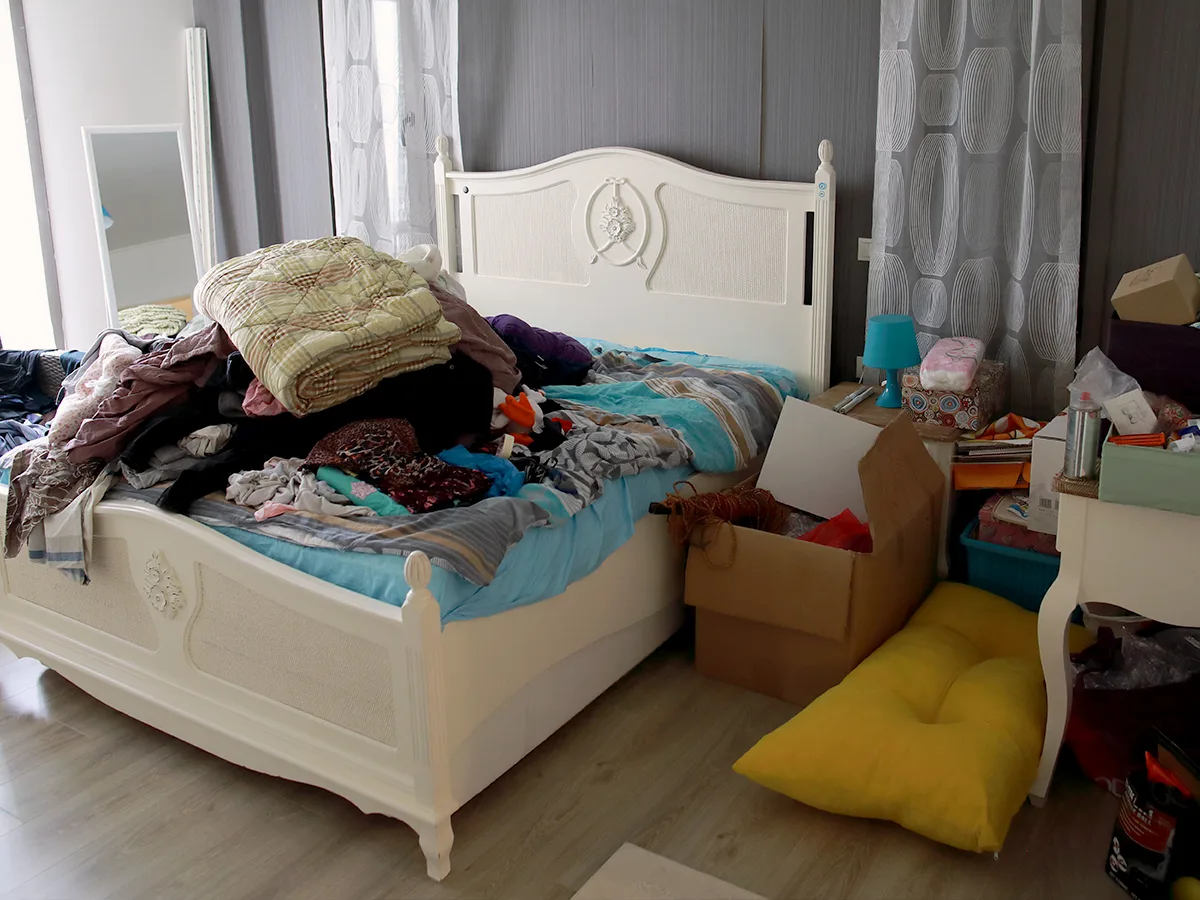4 reasons your organization tips aren’t working for your child

At a glance
Many kids have poor organization skills.
It’s common with kids who have ADHD and executive function challenges.
Your child’s organization system may not match yours.
You try every strategy you can think of to help your child with ADHD and executive function challenges get organized. But your fixes don’t work.
The sock drawer you create stays empty, while your child continues to stuff socks into drawers with balled-up T-shirts, pants, and pajamas. How hard is it to put the socks where they belong, especially since you already created a place for them?
It can be very frustrating to have strategy after strategy fail, especially when they seem like simple, logical solutions. Here are four common reasons your strategies may not work when your child has trouble with organization.
1. Your child doesn’t process information the way you do.
A strategy that you find logical may not make sense to your child or mesh with your child’s way of problem-solving.
For example, you might think that putting out clothes in a neat pile for the next day will help your child get dressed quickly. But that neat pile might not give your child the right information. Your child may need to see the clothes laid out on the floor to understand it as an outfit and know how to get dressed.
Have a conversation with your child about how they prefer to organize. Ask questions about what makes sense to them.
2. Your child has trouble planning.
Your strategy may be logical to your child. But if it involves a number of steps, your child may not know what to do first, second, and third to make it happen.
Think about the task of cleaning out a messy backpack. You may automatically know the steps: Empty the backpack, go through the contents, keep the important stuff, and throw out the rest.
Your child may know the desired outcome — a tidy backpack — but have no idea how to get there. Demonstrating the process may not even work.
Creating something your child can refer to, like a visual aid or a list of steps, might help. Keep practicing the steps and involve your child by asking questions.
3. Your child has trouble paying attention and remembering information.
You can explain the system you set up for organizing toys, art supplies, and books. You can show your child the plastic tubs you marked to hold items.
But if your child has trouble paying attention and doesn’t remember what you said, your strategy is useless. Your child won’t have taken it in to begin with.
It can help to show your child the system at a time when there are few distractions. Try to find a time when you’re not interrupting something your child is very engaged in.
Other ideas that might help include:
Set a timer to get through as much as possible in five minutes to help your child get started.
Offer a positive incentive if your child remembers to put things away.
Work with your child to create a cleanup schedule.
Keep reminding your child to use the system to tidy up.
4. It’s just not important to your child.
You may find messiness intolerable. But that doesn’t mean your child does. If kids aren’t upset by mess and lack of order, they may have little motivation to get and stay organized — even to please their parents.
That’s especially true if organization is hard. Or if ADHD keeps them from thinking about consequences, like getting into trouble for losing things or for not cleaning up.
Here, you may have to decide how important pushing organization strategies really is to you — and whether it’s worth your time and effort if your child doesn’t care about it at all.
Your organization systems might not match your child’s. But by engaging your child in the process, you might ultimately get more buy-in and participation. The strategy may work if it’s created around what makes sense to your child, even if it doesn’t make sense to you.
Find out more about:
Key takeaways
Difficulty with certain skills may make it hard for your child to use the strategies you suggest.
Try setting a timer for your child to do as much as possible for five minutes.
Engaging your child in the process of creating strategies can help.



